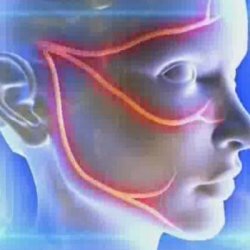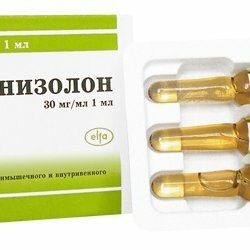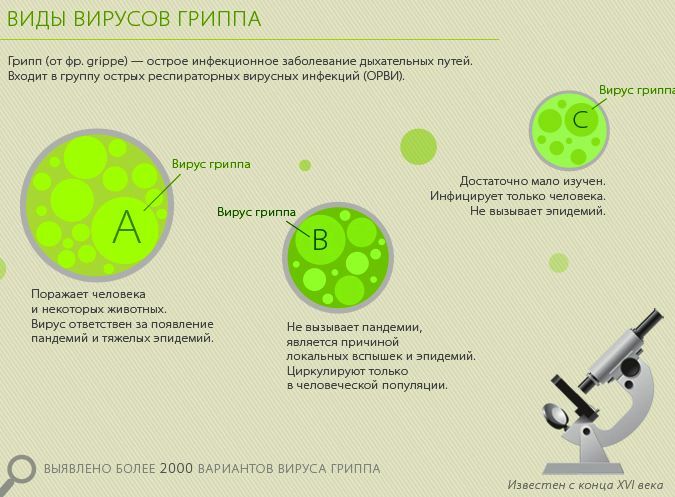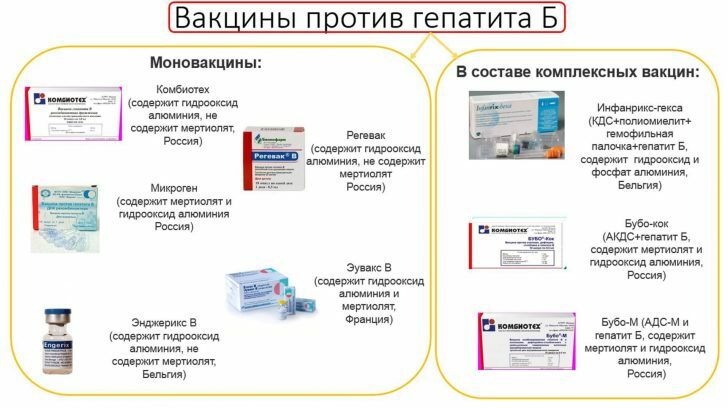Giant cell arteritis
 Giant cell( temporal) arteritis is a systemic - granulomatous inflammation( vasculitis), affecting large and medium vessels of the temporal and other cranial arteries. Also referred to as Horton's disease - in honor of the doctor who most fully described this disease in 1932.
Giant cell( temporal) arteritis is a systemic - granulomatous inflammation( vasculitis), affecting large and medium vessels of the temporal and other cranial arteries. Also referred to as Horton's disease - in honor of the doctor who most fully described this disease in 1932.
Temporal arteritis is almost always detected only in people over 50 years of age, and it becomes more common with age( most common in people under age 70).Approximately 20 out of 100,000 people over the age of 50 suffer from temporal arteritis. Women get sick twice as often as men. Close relatives of patients with temporal arteritis are more likely to develop the same disease in later life. The high incidence of Horton's disease is observed in the Nordic countries and Scandinavia( 15-35 people per 100,000) and is much less common in the Arab and Asian countries.
Causes of temporal arteritis
 Causes of the onset of the disease are currently unknown. Many doctors associate the appearance of temporal arteritis with age-related changes in the body, which can lead to immune disorders( in particular, changes occur in the synthesis of cytokines and the presence of specific clones of T lymphocytes).In the study of the statistics of the disease, a hereditary predisposition due to the relationship of the disease to the genes of the leukocyte antigen is traced. Giant cell arteritis proceeds according to the type of autoimmune disease and belongs to the group of systemic vasculitides, however, a specific virus that triggers the disease has not yet been identified. As a result of changes in the elastic layer of the walls of the vessels, where giant multinucleated cells are formed, narrowing their lumen and disrupting normal blood circulation - inflammation, can lead to the development of vascular aneurysms. Temporal arteritis can affect not only the temporal and carotid, but also the vertebral, facial, ciliary arteries.
Causes of the onset of the disease are currently unknown. Many doctors associate the appearance of temporal arteritis with age-related changes in the body, which can lead to immune disorders( in particular, changes occur in the synthesis of cytokines and the presence of specific clones of T lymphocytes).In the study of the statistics of the disease, a hereditary predisposition due to the relationship of the disease to the genes of the leukocyte antigen is traced. Giant cell arteritis proceeds according to the type of autoimmune disease and belongs to the group of systemic vasculitides, however, a specific virus that triggers the disease has not yet been identified. As a result of changes in the elastic layer of the walls of the vessels, where giant multinucleated cells are formed, narrowing their lumen and disrupting normal blood circulation - inflammation, can lead to the development of vascular aneurysms. Temporal arteritis can affect not only the temporal and carotid, but also the vertebral, facial, ciliary arteries.
Symptoms of giant cell arteritis
 The disease usually begins with signs similar to influenza or due to viral diseases - fever, chills, general malaise, fever. Patients complain of a severe headache in the temporal, frontal and parietal areas( pain can be either one- or two-sided), intensifying at night, with active growth within 2 to 4 weeks. In the temporal region, redness and swelling may appear. Possible weight loss and sleep disturbance. Often there is soreness of the skin of the scalp with the formation of small, but quite sensible nodules. When palpation, the external vessels of the temporal region are dense and painful, often their pulsation is not visible. If the disease has attacked the facial arteries, then there may be a slight numbness in some parts of the face, transient pains in the jaws( sometimes occur during chewing or during a conversation).In cases of involvement of some branches of the carotid artery, the disease can lead to the development of cerebral ischemia. When the eye artery was damaged, there was a temporary blurred vision, pain in the eyeballs, diplopia( doubling of objects), and the descent of the eyelid. If you do not start treatment in time, then in a few months, you may experience complete or partial blindness on one or both eyes. In the case when giant cell arteritis is localized in the large vessels of the carotid, subclavian and axillary arteries, the threat of aneurysm of the thoracic aorta significantly increases. In this case, the symptoms of a characteristic headache can be less pronounced, or absent completely.
The disease usually begins with signs similar to influenza or due to viral diseases - fever, chills, general malaise, fever. Patients complain of a severe headache in the temporal, frontal and parietal areas( pain can be either one- or two-sided), intensifying at night, with active growth within 2 to 4 weeks. In the temporal region, redness and swelling may appear. Possible weight loss and sleep disturbance. Often there is soreness of the skin of the scalp with the formation of small, but quite sensible nodules. When palpation, the external vessels of the temporal region are dense and painful, often their pulsation is not visible. If the disease has attacked the facial arteries, then there may be a slight numbness in some parts of the face, transient pains in the jaws( sometimes occur during chewing or during a conversation).In cases of involvement of some branches of the carotid artery, the disease can lead to the development of cerebral ischemia. When the eye artery was damaged, there was a temporary blurred vision, pain in the eyeballs, diplopia( doubling of objects), and the descent of the eyelid. If you do not start treatment in time, then in a few months, you may experience complete or partial blindness on one or both eyes. In the case when giant cell arteritis is localized in the large vessels of the carotid, subclavian and axillary arteries, the threat of aneurysm of the thoracic aorta significantly increases. In this case, the symptoms of a characteristic headache can be less pronounced, or absent completely. Diagnosis of giant cell arteritis
Diagnosis of temporal arteritis is performed only in people over 50 years of age and includes:
- physical examination by a physician of external vessels of the head for changes in Horton's characteristic disease and examination of the fundus.
- blood test to confirm the inflammatory process.
- biopsy of fragments of the temporal artery for more accurate diagnosis( several sections are taken for the study in order not to miss the inflamed area, since giant cell arteritis in the vessels manifests itself segmentally).
In some cases, when visualization of the vascular status is required, additional diagnostics are carried out, in particular CT and MRI.
Treatment of giant cell arteritis
 At the initial stage of treatment appoint glucocorticoid drugs - prednisolone. Treatment lasts for 1-2 years with a gradual decrease in dose and withdrawal to a maintenance dose. With long-term use of glucocorticoids, adverse effects on the body are possible, such as increased blood pressure, increased blood glucose levels, reduced resistance to infections, decreased bone density, fraught with fractures. In the absence of contraindications, an additional intake of acetylsalicylic acid may be prescribed, which reduces the risk of developing blindness and stroke. Although the mechanism of action of acetylsalicylic acid in temporal arthrosis is not fully understood.
At the initial stage of treatment appoint glucocorticoid drugs - prednisolone. Treatment lasts for 1-2 years with a gradual decrease in dose and withdrawal to a maintenance dose. With long-term use of glucocorticoids, adverse effects on the body are possible, such as increased blood pressure, increased blood glucose levels, reduced resistance to infections, decreased bone density, fraught with fractures. In the absence of contraindications, an additional intake of acetylsalicylic acid may be prescribed, which reduces the risk of developing blindness and stroke. Although the mechanism of action of acetylsalicylic acid in temporal arthrosis is not fully understood. Prevention of giant cell arteritis
There are no special measures to prevent the development of Horton's disease.



